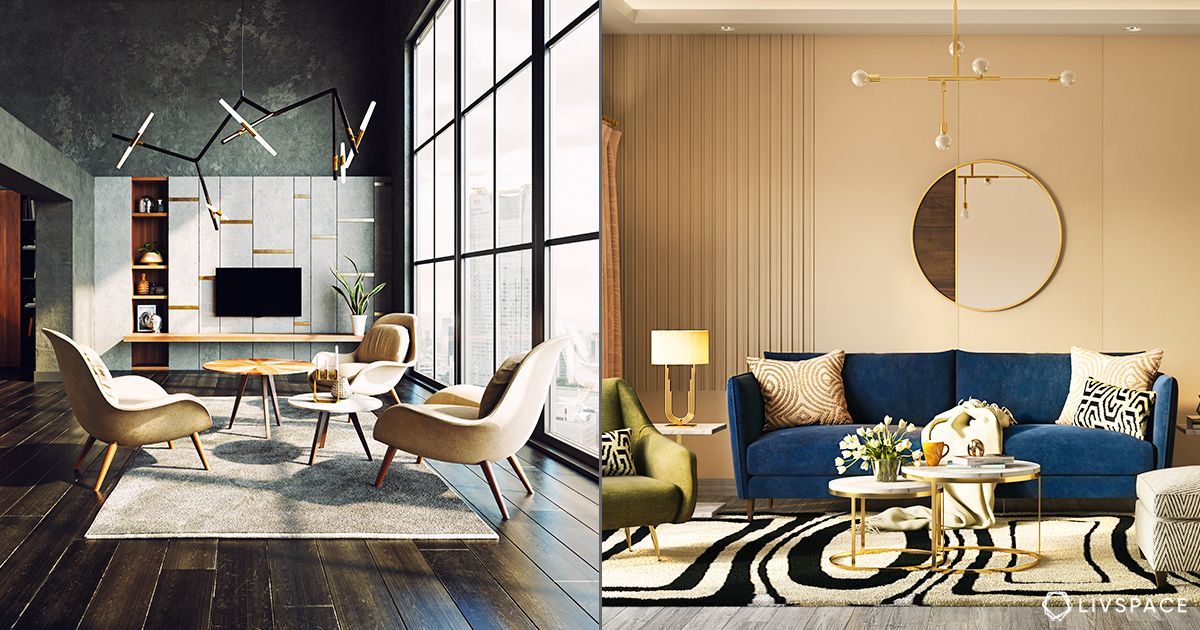
Unlocking the Essence of Modern Contemporary Interior Design
The Evolution of Modern Interior Design
In the realm of interior design, the concept of modernity has undergone a remarkable evolution. What was once defined by stark minimalism and futuristic aesthetics has now embraced a more nuanced approach. Today, modern contemporary interior design encapsulates a diverse range of styles, from sleek urban chic to cozy Scandinavian simplicity.
Embracing Minimalist Principles
At the heart of modern contemporary interior design lies a reverence for minimalist principles. Clean lines, open spaces, and a sense of simplicity are key characteristics that define this aesthetic. Furniture pieces are often selected for their functionality as well as their visual appeal, with an emphasis on sleek, streamlined designs that contribute to a sense of spaciousness.
Exploring Innovative Materials and Textures
One of the hallmarks of modern contemporary interior design is the exploration of innovative materials and textures. From industrial-inspired concrete surfaces to the warmth of natural wood, designers are constantly pushing the boundaries of traditional materials to create spaces that are both visually striking and invitingly tactile. Textures play a crucial role in adding depth and visual interest to a room, whether through the use of plush rugs, textured wallpaper, or tactile upholstery fabrics.
Creating Harmonious Spaces with Neutral Palettes
Neutral color palettes are a cornerstone of modern contemporary interior design, helping to create spaces that feel harmonious, balanced, and timeless. Shades of white, gray, beige, and taupe form the foundation of these palettes, with occasional pops of color introduced through artwork, accent furniture, or decorative accessories. By keeping the color scheme understated and cohesive, designers can allow the architectural elements and furnishings of a space to take center stage.
Blurring the Lines Between Indoors and Outdoors
In modern contemporary interior design, there is a growing emphasis on blurring the lines between indoor and outdoor spaces. Floor-to-ceiling windows, sliding glass doors, and outdoor living areas seamlessly integrate the natural world into the built environment, creating a sense of connection and continuity with the surrounding landscape. Indoor plants and greenery further enhance this connection, bringing elements of nature into the heart of the home.
Focusing on Functionality and Comfort
While aesthetics are certainly important in modern contemporary interior design, functionality and comfort are equally prioritized. Every design decision is guided by the principles of livability and usability, ensuring that each space not only looks beautiful but also serves the needs of its inhabitants. Furniture is chosen for its comfort as well as its style, and versatile layouts are employed to maximize the functionality of every square foot.
Incorporating Art and Personal Expression
Art plays a central role in modern contemporary interior design, serving as a means of personal expression and adding character and depth to a space. Whether through large-scale statement pieces or carefully curated gallery walls, artwork has the power to inject personality and emotion into an interior. Sculptures, ceramics, and other decorative objects are also used to add visual interest and tell a story about the inhabitants of the space.
Harnessing the Power of Technology
Technology is seamlessly integrated into modern contemporary interior design, enhancing both the functionality and the aesthetics of a space. Smart home systems allow for seamless control of lighting, temperature, and audiovisual equipment, while hidden wiring and sleek electronic devices help to maintain a clean and uncluttered look. High-tech materials such as LED lighting, energy-efficient appliances, and programmable thermostats are also employed to create spaces that are as sustainable as they are stylish.
Embracing Eclecticism and Individuality
While modern contemporary interior design is often associated with a cohesive and unified aesthetic, there is also room for eclecticism and individuality. Designers are increasingly mixing styles, eras, and influences to create spaces that feel uniquely personal and curated. Vintage finds, heirloom pieces, and one-of-a-kind treasures add warmth and character to modern interiors, ensuring that each space tells a story that is as unique as its inhabitants.
Conclusion
In the ever-evolving world of interior design, modern contemporary style continues to captivate with its emphasis on clean lines, innovative materials, and timeless elegance. By embracing minimalist principles, exploring innovative textures, and blurring the lines between indoors and outdoors, designers are creating spaces that are both visually stunning and deeply livable. With a focus on functionality, comfort, and personal expression, modern contemporary interior design offers a versatile canvas for creating homes that are as stylish as they are inviting. Read more about modern contemporary interior design
